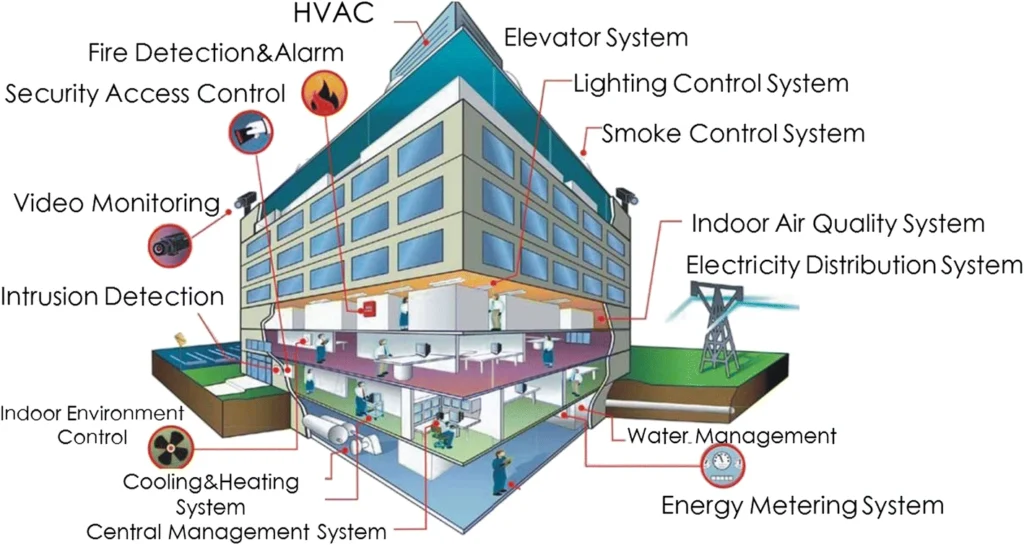Select Unlocking Neon Dreams: The Ultimate Guide to Electrical Sign Installation
Introduction: Commercial buildings often require electrical retrofitting(Electrical Sign Installation) to ensure safety, efficiency, and compliance with modern standards. However, the costs involved can vary significantly depending on various factors. In this guide, we delve into the key considerations and factors influencing the cost of commercial electrical retrofitting.

Factors Influencing Cost
Scope of Retrofitting: The extent of electrical upgrades needed heavily influences costs. A comprehensive retrofit involving rewiring, panel upgrades, and installation of modern fixtures will incur higher expenses compared to minor upgrades.
Building Size and Complexity: Larger buildings with intricate electrical systems will naturally demand higher retrofitting costs due to the increased materials and labor required for the project.
Age of the Building: Older buildings may require more extensive upgrades to meet current electrical codes and safety standards. Dealing with outdated wiring, inadequate grounding, or obsolete components can escalate costs.
Energy Efficiency Requirements: Retrofitting for energy efficiency, such as installing LED lighting or upgrading HVAC systems, can add to the initial costs but may result in long-term savings on energy bills.
Code Compliance and Permits: Compliance with building codes and obtaining necessary permits can contribute significantly to the overall cost. Failure to adhere to regulations can lead to fines and delays, making compliance essential.
Accessibility: The accessibility of electrical components within the building can impact labor costs. Factors such as confined spaces, height, and obstructions may require additional time and effort from electricians.
Technology Integration: Incorporating smart technologies or automation systems into the electrical retrofitting project will increase upfront costs but can enhance efficiency and convenience in the long run.

Cost Breakdown
Materials: This includes wiring, circuit breakers, outlets, switches, lighting fixtures, and any specialized equipment required for the retrofit. The cost of materials will depend on the quality, quantity, and complexity of the installation.
Labor: Labor costs typically constitute a significant portion of the overall expense. Electricians’ rates vary based on experience, location, and project complexity. Complex installations or tight deadlines may incur higher labor costs.
Permits and Inspections: Fees associated with obtaining permits and scheduling inspections should be factored into the budget. Failure to comply with regulations can result in penalties and project delays.
Contingency: It’s prudent to allocate a contingency budget to account for unexpected expenses or unforeseen complications that may arise during the retrofitting process.
Average Costs
The cost of commercial electrical retrofitting can range from a few thousand dollars for minor upgrades to tens or even hundreds of thousands for extensive projects. On average, businesses can expect to pay between $5 to $20 per square foot for electrical retrofitting, depending on the factors mentioned above.
Conclusion: Commercial electrical retrofitting is a necessary investment to ensure the safety, efficiency, and functionality of buildings. By understanding the various factors influencing costs and budgeting accordingly, businesses can effectively plan for and execute successful retrofitting projects.
